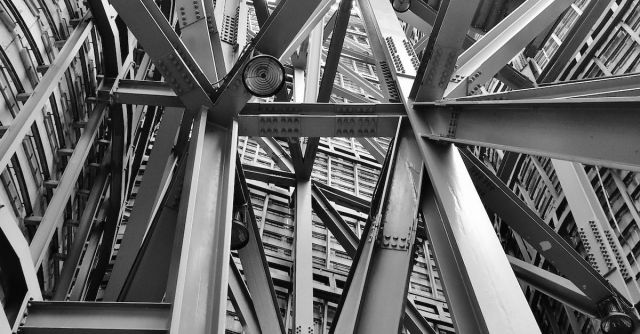When it comes to specialized tasks and industries, one of the most complex and challenging is the world of lifting equipment. From large-scale crane operations to the smallest of lifts, the need for the right tools and equipment is paramount. With the increasing complexity of the industry and the need to remain competitive, it is essential to understand the ins and outs of lifting equipment.
What is Lifting Equipment?
Lifting equipment is any kind of device or tool used to lift, move, or otherwise manipulate a load. This includes things like cranes, forklifts, hoists, winches, and other related machines. It is important to understand the different types of lifting equipment and the best practices for operating them.
Types of Lifting Equipment
When it comes to lifting equipment, there are many different types. Some of the most common types of lifting equipment include:
- Cranes: Cranes are large, powerful machines used in construction and other industries to lift and move heavy objects. Cranes come in many different designs, sizes, and capabilities. They can be used for lifting, moving, and positioning objects.
- Forklifts: Forklifts are used in warehouses and other industrial settings to lift and move large loads. They come in a variety of sizes and capabilities, and can be used to move objects both vertically and horizontally. Forklifts are usually powered by an internal combustion engine or electric motor.
- Hoists: Hoists are used to lift and move heavy objects, such as heavy machinery or large pieces of steel. They are typically powered by an electric motor and come in a variety of sizes and capacities.
- Winches: Winches are used to lift and move large objects, such as boats or trailers. They are usually powered by an electric motor and typically come in smaller sizes, such as those used for moving cars or trailers.
Safety Considerations
When it comes to lifting equipment, safety is of the utmost importance. It is important to make sure that the equipment is properly maintained and inspected on a regular basis. Additionally, it is important to make sure that the operators of the equipment are properly trained and certified. All operators should be aware of the safety rules and regulations associated with the operation of the equipment.
The Benefits of Lifting Equipment
Lifting equipment can be an invaluable tool in many industries. It can be used to move and lift large objects with ease. Additionally, it can be used to move objects in tight spaces or difficult environments. The use of lifting equipment can also help to reduce the risk of injury or even death due to improper lifting or moving of objects.
Conclusion
The world of lifting equipment is complex and ever-changing. It is important to understand the different types of equipment and the best practices for operating them. Additionally, it is essential to make sure that the operators of the equipment are properly trained and certified, and that the equipment is properly maintained and inspected on a regular basis. The use of lifting equipment can be an invaluable tool in many industries, providing the ability to move and lift large objects with ease, while reducing the risk of injury or death due to improper lifting or moving of objects.






